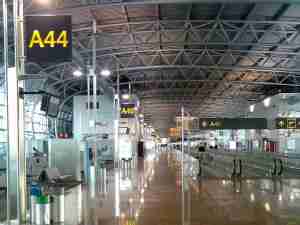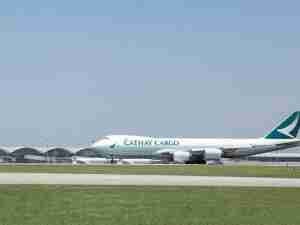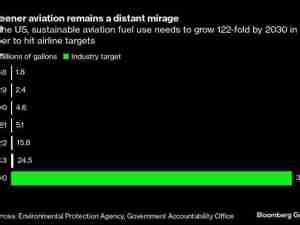American Airlines’ profit margin forecast disappoints investors
By: | Oct 20 2016 at 11:38 AM | Air Cargo
American Airlines Group Inc.’s fourth-quarter forecast for profit margin fell short of analysts’ expectations, providing an unflattering contrast with upbeat comments over the last week by rivals.
The world’s largest airline said pretax income would represent 4 percent to 6 percent of sales in the last three months of the year, which JPMorgan Chase & Co. called “uninspiring.” Revenue for each seat flown a mile will fall 1 percent to 3 percent, American Airlines said, frustrating expectations that persistent declines in the benchmark revenue gauge known as unit revenue might stop soon.
“It was probably a little softer than what people were expecting,” Joe DeNardi, an analyst at Stifel Financial Corp., said in an interview.
American will limit capacity growth in 2017 to 1 percent, joining Delta Air Lines Inc. in taking steps to help shore up fares. It also joined United Continental Holdings Inc. in saying it was seeing signs of a rebound in pricing power. A glut of flights and seats has knocked fares down and put the U.S. airline industry on track for the biggest stock decline in five years.
Shares of American dropped 1.4 percent to $40.08 at 11:35 a.m. in New York, while Delta and United advanced less than 1 percent.
Quarterly Earnings
Despite an outlook that fell short of analysts’ estimates, American said its unit-revenue performance was being helped by revenue growth in Latin America, led by Brazil and Mexico. In the the U.S., pricing has stabilized and yield, or average fare per mile, has climbed on tickets purchased just before travel.
“We’re encouraged by the trends,” Chief Executive Officer Doug Parker said. Third-quarter unit revenue was “‘better than we’ve seen in terms of a decline in recent quarters and better than our competitors are seeing.”
Earnings excluding some items were $1.76 a share, topping the $1.69 average of analyst estimates compiled by Bloomberg. Sales totaled $10.6 billion, the Fort Worth, Texas-based carrier said in a statement Thursday. Analysts had predicted $10.5 billion.
American said Oct. 11 that it would limit 2016 capacity growth to 1.5 percent, at least the second reduction this year. Investors have been pushing airlines to pull back on adding seats or flights to tighten supply and give them more pricing power. Revenue growth from each seat flown a mile has been down across the industry for about 18 months.
U.S. carriers are expected to report pretax profit of $6.5 billion for the third quarter, which would be the first year-over-year decline since the end of 2012, Deutsche Bank analyst Michael Linenberg said in a recent note.










